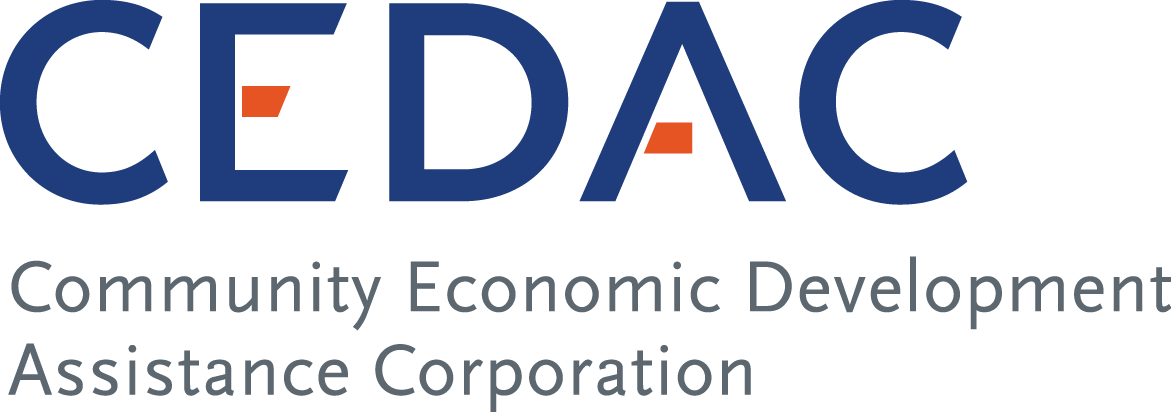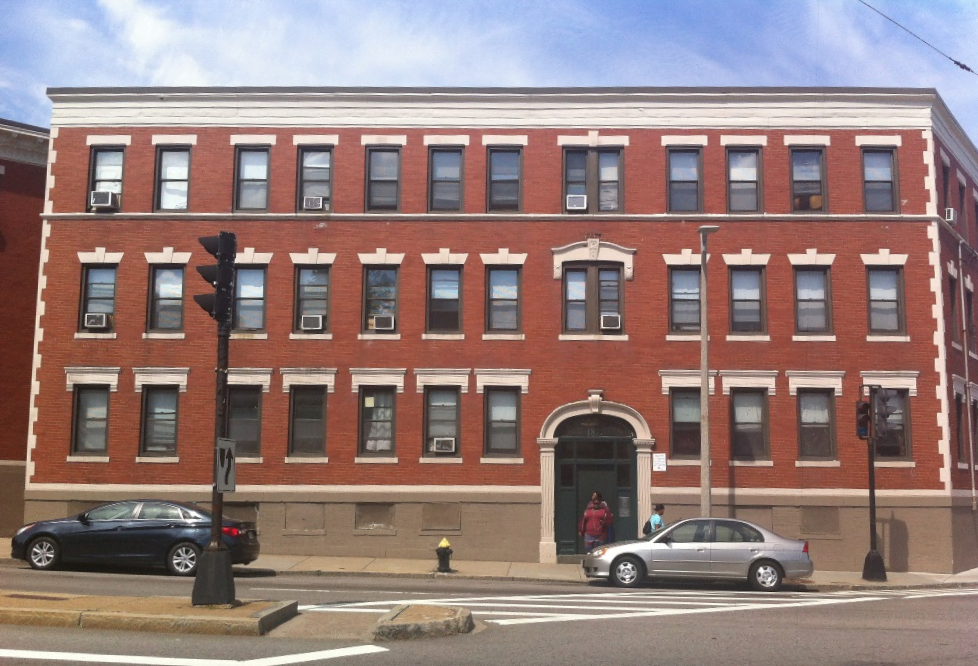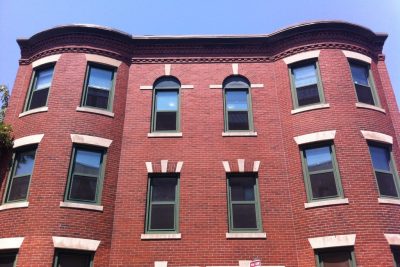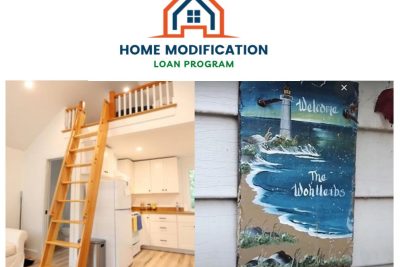The Low-Income Housing Tax Credit (LIHTC) is a crucial source of funding for the production of affordable rental housing as well as the preservation/renovation of existing affordable housing. Since its inception roughly 33 years ago, LIHTC has become the largest affordable housing production program in the country, funding the production or preservation of approximately 132,000 affordable housing units each year. As of 2019, there were 3.4 million LIHTC-assisted units throughout the country, and it has been estimated that LIHTC is involved in 90% of the affordable housing produced nationwide each year. In Massachusetts, LIHTC has funded almost 63,000 affordable units through 2019.
While we await final news from Washington on the Build Back Better legislation that may provide significant funding for many types of affordable housing, here is a brief look in the rear-view mirror at a past success. A little less than a year ago, on December 27, 2020, the federal government enacted an omnibus budget bill that included a provision affordable housing advocates had been seeking for a number of years – the 4% housing tax credit fix. This ‘4% fix’ is extremely good news for housing development in our state as it increases the funding from the 4% housing tax credit program by roughly 29% annually.
LIHTC is designed as a tax credit that may be claimed by corporate investors who provide cash equity to a housing project in exchange for 10 years of tax credits that offset federal income tax liabilities. The 4% credit is available for rental projects financed by private activity tax-exempt bonds. Each state is allowed to issue a certain amount of tax-exempt private activity bonds (‘volume cap”) each year. In 2021, most states receive $110 per capita, and Massachusetts will receive slightly over $750 million for its volume cap allocation for 2021. Developers seeking bonds and 4% credits can apply to either MassHousing or MassDevelopment on a rolling basis.
The additional funding from the 4% fix will provide a number of potential benefits. In many housing preservation deals, it will allow renovations that previously did not fit in the budget to be included. In some projects, the increased equity from 4% LIHTC will allow other sources of governmental funds to decrease. An additional benefit is that some new construction projects will be financially feasible using 4% credits for the first time. Prior to the 4% fix, very few new construction projects were possible using 4% credits, even when other governmental funding was provided.
The amount of credits that a 4% LIHTC project is eligible to receive is based on a fairly complicated formula and a key credit rate until recently has floated based on prevailing interest rates. With the low interest rates in the past few years, the 4% credit rate had dipped to just over 3% in mid-2020. Beginning in 2021, the credit rate no longer floats with interest rates and tax-exempt rental housing projects receive a fixed 4% credit rate.
This credit rate increase has real world impacts. Urban Edge, a Boston non-profit community development corporation, has just refinanced a 78-unit existing affordable housing complex called Bancroft Dixwell with 4% credits. Thanks to the 4% fix, over $4 million in additional funding is available for renovations to the project.
While the increased value of the credit is the main goal of the 4% fix, there is also the benefit in knowing well before the closing what the tax credit rate will actually be. Until now, developers have had to estimate what the credit rate would be until they were able to lock the rate near the beginning of construction.
The 4% fix is tremendously beneficial to Massachusetts as it provides approximately $150 million annually in additional tax credit equity for 4% LIHTC projects, which will aid the production as well as the preservation of affordable housing in the state. Coupled with other recent state action on housing funding, the 4% fix will materially increase the number of affordable rental housing projects that can be funded each year.
Click here to read the full article, “The 4% Housing Tax Credit Fix of 2020.”
Pictured above: Urban Edge’s Bancroft Dixwell project in Boston’s Jamaica Plain neighborhood.







